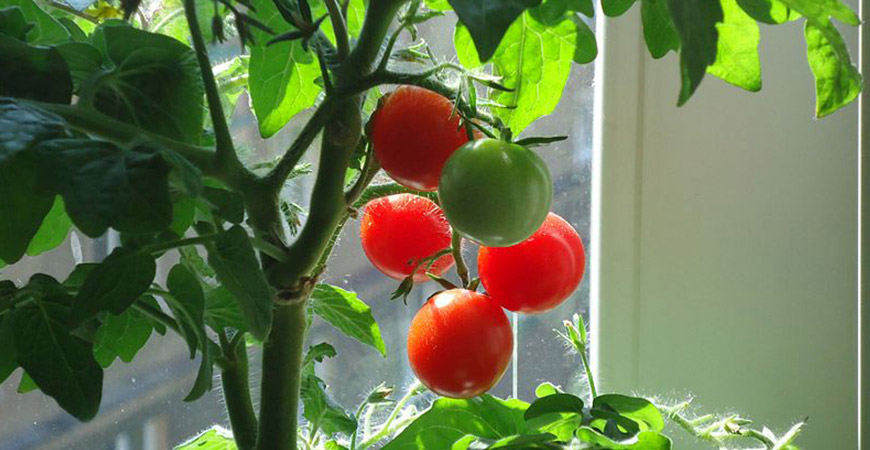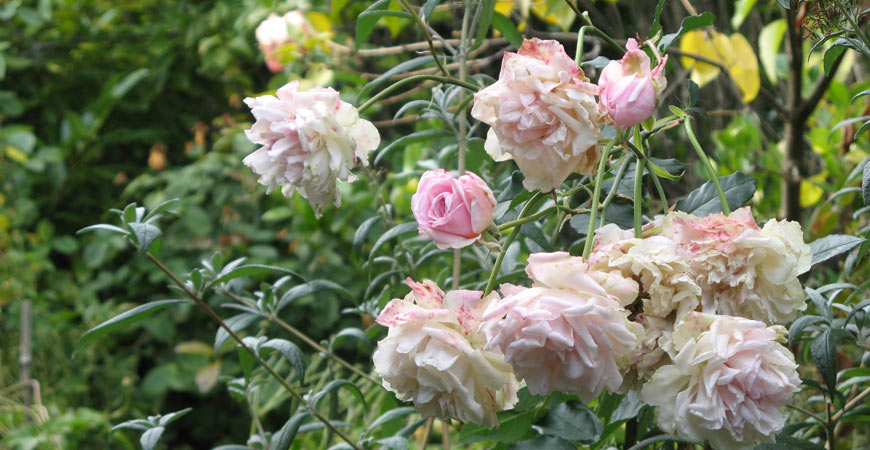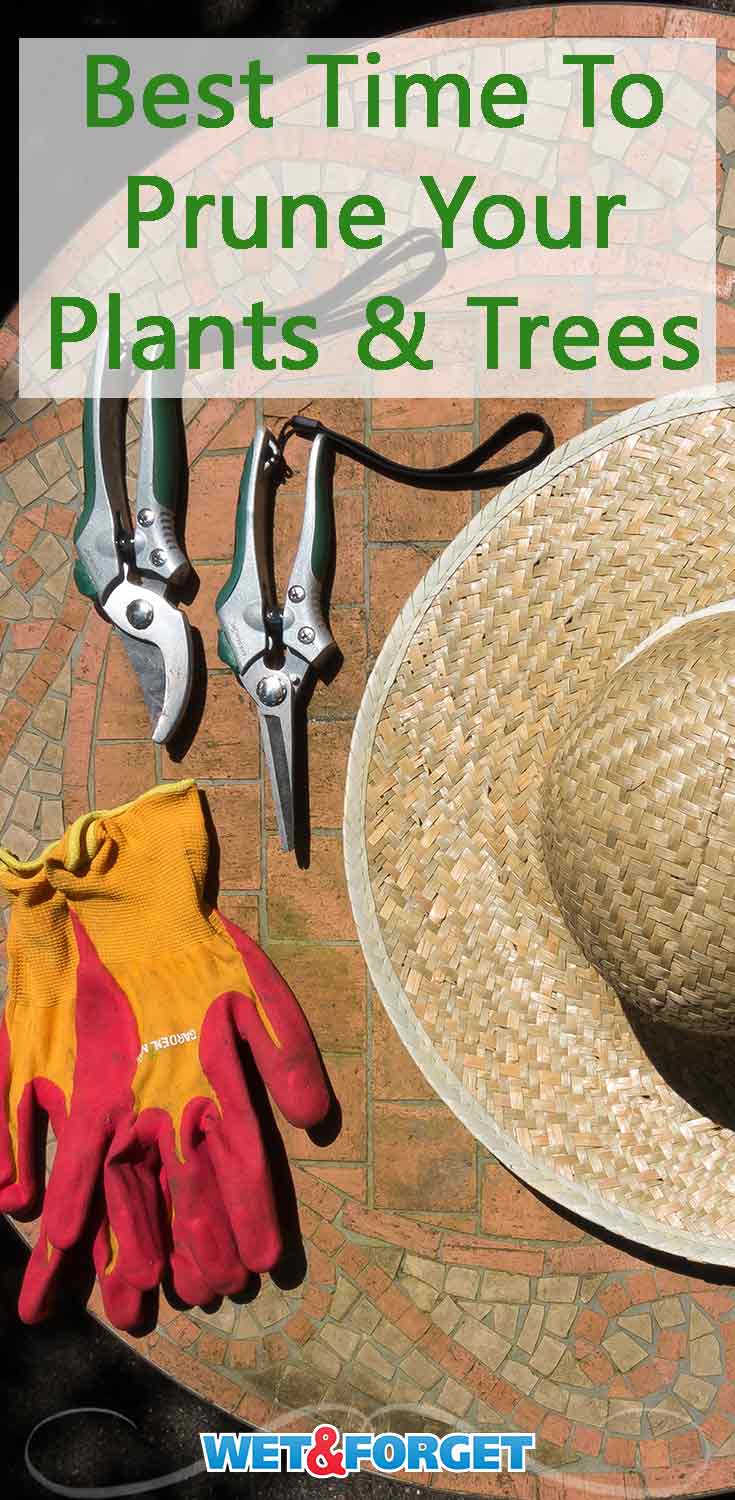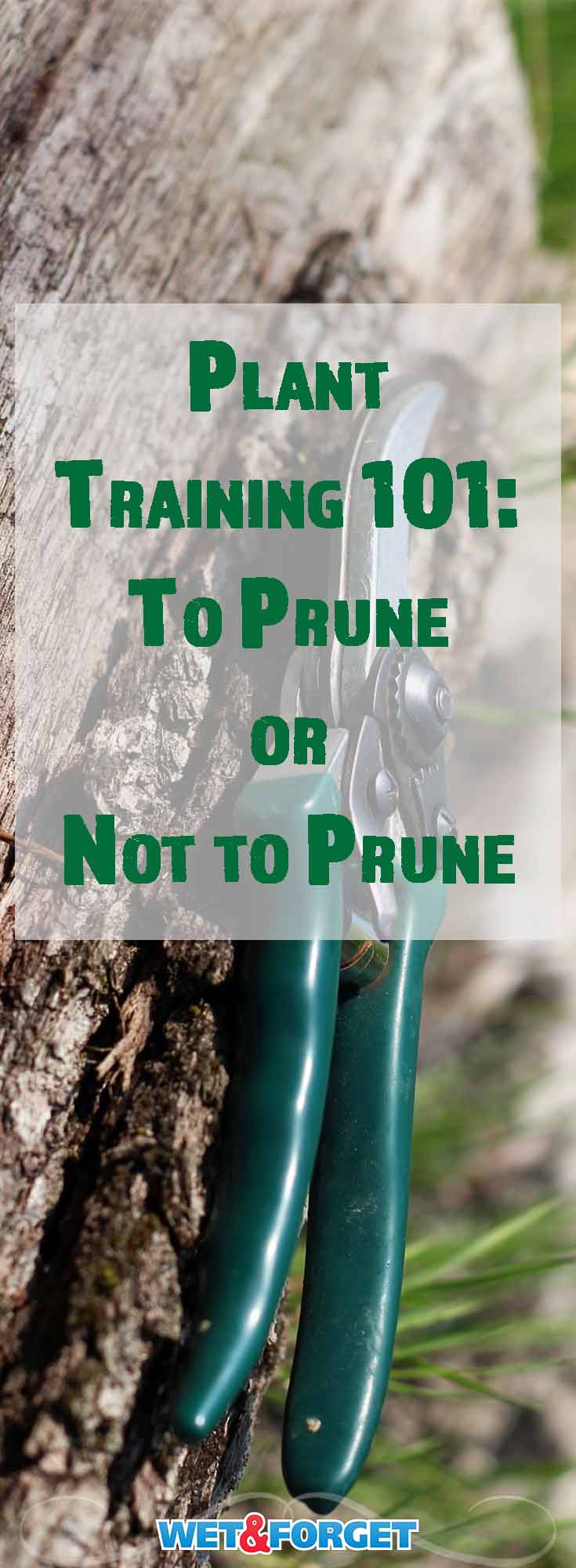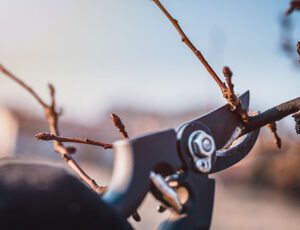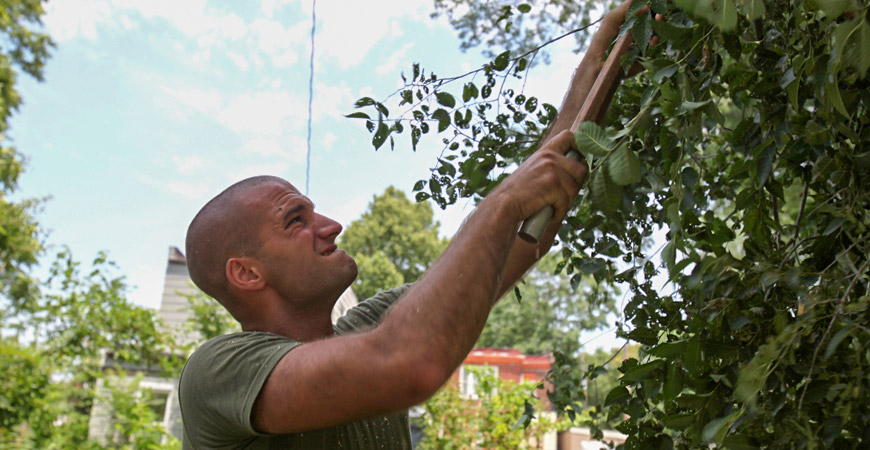
Plant Training 101: To Prune or not to Prune?
Some plants in your garden grow best with a bit of prune from your shears, while others, such as some varieties of tomatoes, do much better if you leave the pruners in the garage. Some plants are more vulnerable than others, as well.
For example, most roses will shrug off a poor pruning just as well as you would a bad haircut–a short period of embarrassment followed by complete recovery. But prune your oak tree during the wrong month, and you may end up with a dead tree.
Here’s a guide on when and how to prune to help give your plants a long, healthy life.
-
Tomatoes
Before you decide whether to prune your tomato plants, you need to know which of 2 categories your plants fall into determinate or indeterminate. Determinate tomato plants come with their full-grown size and number of fruiting branches pre-programmed into their DNA, while indeterminate plants will keep growing and branching out until fall’s first frost.
The backs of the seed packets or the tags on tomato seedlings will tell you which type of tomato you’re buying.
If your tomatoes are of the determinate variety, leave them alone–pruning is unnecessary and will only reduce your garden’s yield. For indeterminate varieties, pruning can help your plants produce earlier, larger fruits. To prune indeterminate plants, decide how many fruiting branches you want each plant to have.
Mississippi State University recommends 2 or 3 fruiting branches for staked plants, 4 or 5 for caged plants, and 1 or 2 for trellised plants. Wait until the plants are at least 12 to 18 inches tall, and then begin pruning “suckers” (small branches that sprout between the main stem and a larger branch).
Remove suckers when they are less than 4 inches long to prevent injury to the plant. To remove a sucker, pinch it between your thumb and forefinger or bend it back and forth until it disconnects from the plant.
Pruning your roses can help you shape the plant to your preference and encourage the plant to grow and bloom. According to gardening expert Marie Iannotti, the best time to prune your roses depends on the type of roses you have.
For roses that bloom on this year’s new stems, prune the plant down to 1/2 to 2/3 its size in the early spring and remove any old or dead wood for ramblers that only bloom once a year on old wood, prune down to as short as 2 to 3 inches just after their flowering period ends.
Iannotti says that some types of roses, such as Alba, Centifolia, Damasks, Gallica, and Mosses, require minimal pruning to remove dead wood. If you aren’t sure what type of roses you have, bring a high-quality photo of the plant to your local gardening center and ask an expert.
To prune your roses, use clean, sharp pruners and make 45-degree cuts 1/4 inch above a bud that faces the outside of the plant. Wear long, thick gloves to protect yourself from the thorns.
-
Trees
Pruning young trees is key to helping them develop strong growth patterns. As trees continue to grow, you may need to prune them to remove dead or diseased parts, to keep branches away from buildings or phone lines, or for aesthetic reasons.
The University of Minnesota Extension recommends pruning most trees during the late dormant season (late winter). Pruning a tree at the wrong time can leave the plant open to diseases or damage; for example, never prune an oak during April, May, or June, because it will become susceptible to oak wilt.
Trees with sap, such as maple or walnut, will not “bleed” if you prune them in late spring or early summer after their leaves are fully expanded.
To prune a tree branch, make a clean cut close to where the branch joins the stem, angling down and away from the stem. Be sure to cut only branch tissue and not the stem. Call in an expert for big jobs or hazardous conditions such as branches near power lines.
-
Shrubs
Pruning your shrubs will keep them in the right shape and encourage blooming with healthy growth. For flowering shrubs that bloom early in the season on old growth, prune immediately after they finish blooming.
If your shrubs form blooms on new growth, prune them in early spring before the growing season begins. Prune most non-flowering shrubs in early spring before new growth starts. Prune hedges in spring and again in midsummer to keep the proper shape.
Photo Courtesy of Magnus Manske

